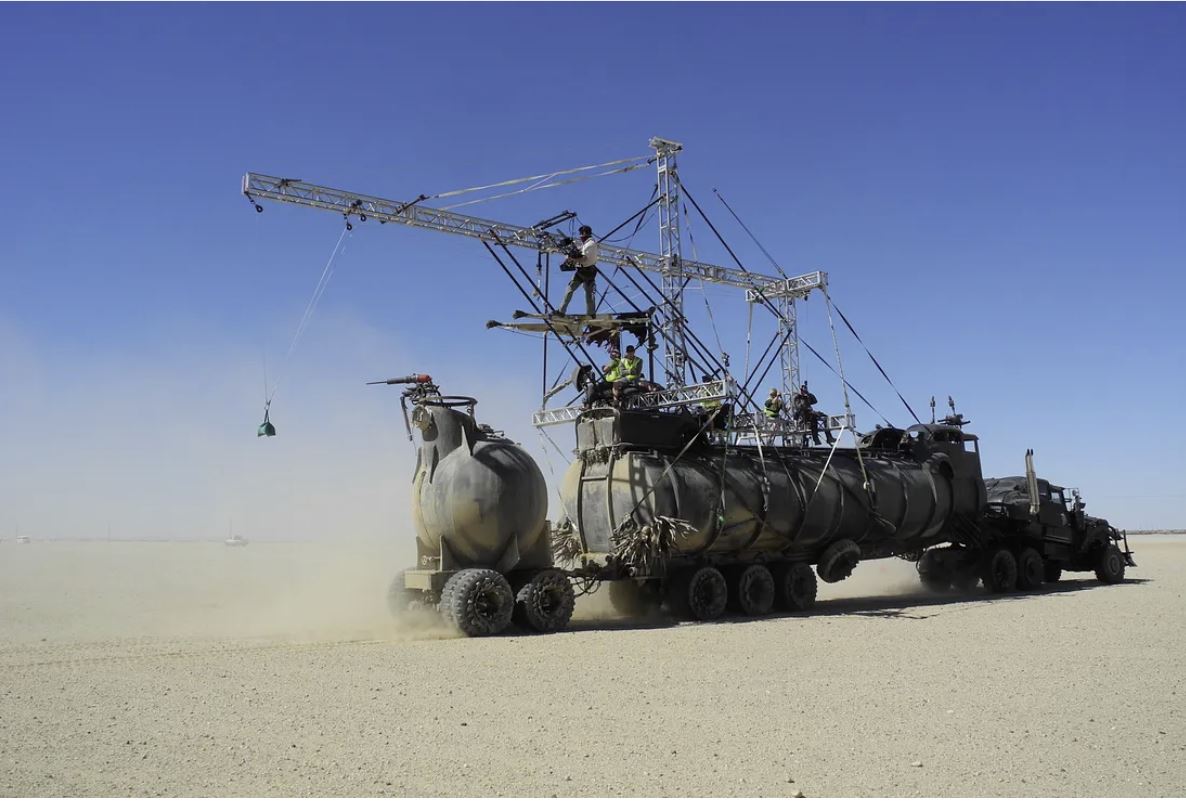Entertainment and theatrical rigging refers to the process and practice of setting up and engineering the equipment and systems used to safely support and manipulate scenery, lighting, sound equipment, and even performers in theatrical productions, concerts, and other live entertainment events. This specialized field combines principles of mechanical engineering, physics, and safety to create dynamic and visually stunning environments that enhance storytelling and performances.
Key Components of Entertainment Rigging:
1. Hoists and Lifts: These are used to raise and lower equipment, scenery, and sometimes performers. Hoists can be manually operated or motorized, with motorized hoists being more common in large productions for their precision and ability to handle heavier loads.
2. Trusses and Battens: Trusses are modular metal structures that provide a framework to support lighting, sound equipment, and scenery. Battens are long pipes or bars from which curtains, lights, or scenery are hung. Both trusses and battens are integral to organizing and positioning equipment in the air.
3. Cables and Ropes: These are used in conjunction with hoists, pulleys, and winches to move equipment and scenery. The choice between cable and rope depends on the specific load requirements and the nature of the movement needed.
4. Pulleys and Winches: Pulleys are used to redirect the force applied to a rope or cable, while winches are used to wind and unwind cable or rope, facilitating the lifting and moving of loads.
5. Hardware and Accessories: This includes a variety of clamps, hooks, shackles, and other fittings that are used to securely attach equipment to rigging points, ensuring that loads are safely distributed and stabilized.
Safety Considerations: Safety is paramount in entertainment rigging, as the risk of injury from falling equipment or other rigging failures can be significant. Rigging systems must be meticulously designed, installed, and operated by certified riggers who understand the loads and stresses involved. Regular inspections and maintenance of rigging equipment are essential to prevent failures.
Design and Implementation: The design of a rigging system starts with a detailed understanding of the artistic and technical requirements of the production. This includes knowing the weight of the objects to be rigged, their movements, and the capabilities of the venue. Computer software is often used in the design process to model and simulate the rigging setup, ensuring efficiency and safety.
Technological Advances: Technological advancements have significantly impacted entertainment rigging, making systems more versatile, reliable, and safe. Automated rigging systems, which can be precisely controlled with computer software, allow for complex, synchronized movements of scenery and equipment. This automation enhances the creative possibilities for directors and designers, enabling more dynamic and visually arresting productions.
Educational Pathways: Those interested in a career in entertainment and theatrical rigging often start by gaining hands-on experience through internships or entry-level positions in theater or event production companies. Formal education and training programs, including certifications offered by industry organizations such as the Entertainment Technician Certification Program (ETCP), are valuable for developing the necessary knowledge and skills. In conclusion, entertainment and theatrical rigging is a critical element of live productions, requiring a blend of artistic understanding, technical skill, and stringent safety practices. As productions continue to push creative boundaries, the role of rigging in creating immersive and visually spectacular experiences will remain essential.
